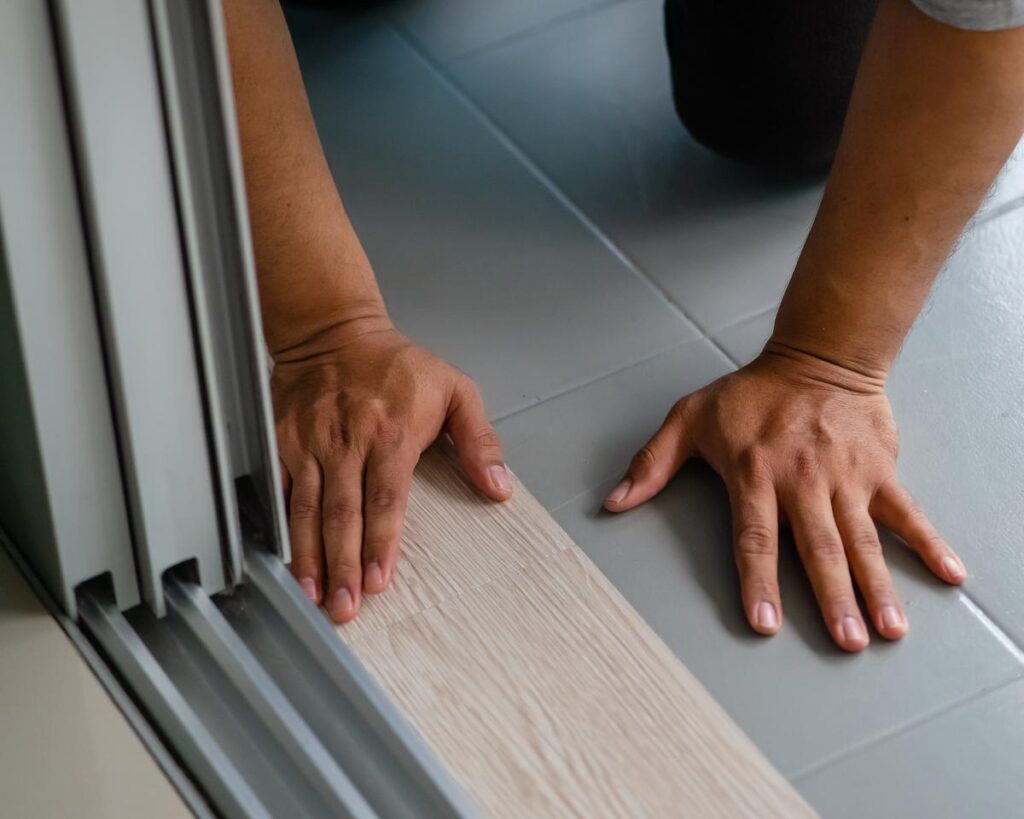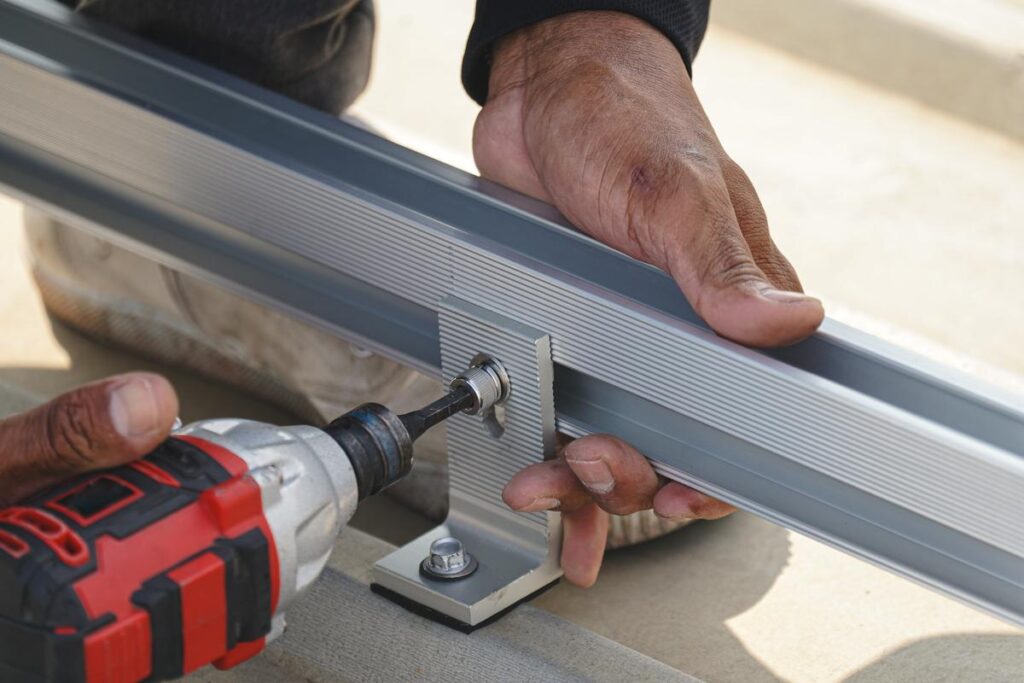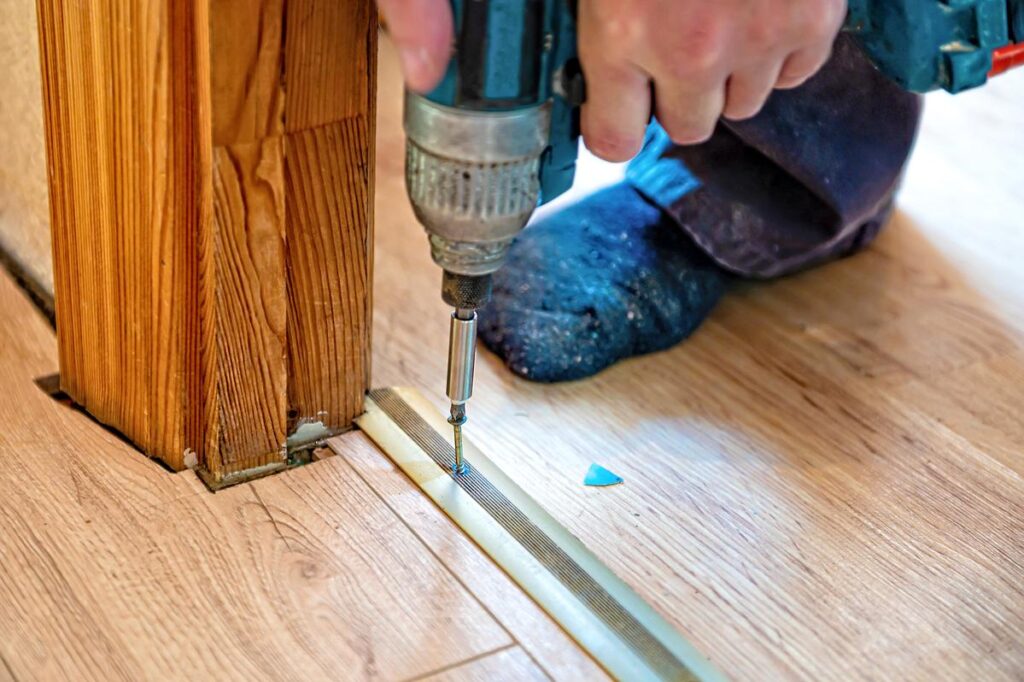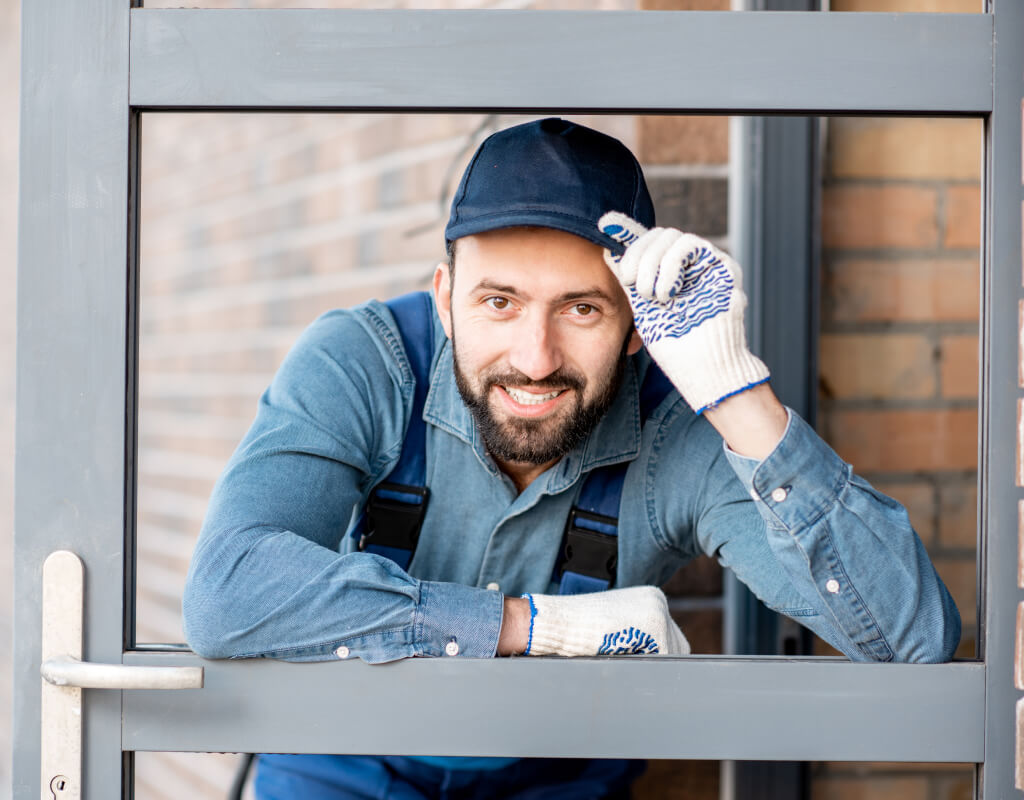A Door Bottom Seal is a strip of material attached to the bottom edge of a door, designed to fill the gap between the door and the floor, providing insulation and weatherproofing.
Door bottom seals offer numerous benefits beyond their primary function of sealing gaps. They enhance energy efficiency by preventing drafts, improve indoor comfort by blocking out external noise and dust, and contribute to the overall durability and lifespan of the door. Additionally, they help maintain a consistent indoor temperature, reducing the need for excessive heating or cooling.
Improves energy efficiency by minimizing drafts and heat loss, leading to lower energy bills.
Enhances indoor comfort by blocking out noise, dust, and pests, contributing to a cleaner and quieter environment.
Increases the longevity of the door by protecting the bottom edge from wear and tear caused by external elements.

Provide the best service to customers
Expert tips for maintaining your door bottom seal involve regular inspection and cleaning. Periodically assess the seal for wear and tear, and promptly address any issues to ensure optimum performance. Installing a custom bottom seal can also enhance the effectiveness of your door’s insulation and weatherproofing capabilities. Proper maintenance will extend the life of the seal, offering long-term benefits.
There are numerous practical applications and examples of using door bottom seals to enhance the functionality of both residential and commercial spaces. For inspiration, consider how these seals can significantly improve energy efficiency in homes or secure sliding patio doors against weather conditions. Whether you are renovating an old door or installing a new one, understanding the diverse uses of door bottom seals can help you achieve better results. You’ll find examples where these seals come into play in different scenarios, providing a clearer picture of their utility and benefits.
Do: Regularly inspect the seal to catch damage early - ensures longevity. Don't: Ignore small tears, as they can worsen and compromise insulation.
Do: Seek professional seal service for installation - ensures a secure fit. Don't: Attempt DIY if unsure, as improper installation can lead to inefficiency. -
Do: Clean the seal every few months - prevents dirt buildup and maintains function. Don't: Use harsh chemicals that could degrade the material.



When dealing with door bottom seals, it’s essential to avoid common mistakes that can compromise their effectiveness. Incorrect installation, using the wrong type of seal, or neglecting regular maintenance can all lead to problems. Understanding these pitfalls can help you take preventive measures, ensuring your door bottom seal functions optimally and lasts longer. Proper installation and care are key to reaping the full benefits of this essential component.
Using an ill-fitting seal can leave gaps, resulting in energy loss of up to 25%.
Neglecting regular maintenance leads to a buildup of debris, reducing the seal’s effectiveness and causing damage.
Improper installation can cause misalignment, resulting in drafts and increased noise infiltration.

Founder

Technician

Technician
If you have a question that is not listed here – please don hesitate and send us an email!
Door bottom seals play a crucial role in enhancing energy efficiency, weatherproofing, and overall door insulation. Regular seal maintenance and timely door bottom seal replacement are essential for preventing drafts and maintaining indoor comfort. Whether you’re looking to fix door seal issues or considering a door upgrade, investing in a custom bottom seal installed by a professional seal service can make a significant difference. Properly securing the door bottom not only contributes to energy savings but also extends the lifespan of your door. For more information or to schedule a service, contact Sliding Door Medics for expert assistance in all your door sealing needs.
Discover the top 7 mistakes in sliding door alignment and learn expert tips to ensure smooth operation. Avoid costly repairs with our comprehensive guide.
Understand the process of patio door replacement, get informed about the factors affecting its duration such as door type, size, location and expertise required. Learn how to prepare for a smooth and efficient replacement process and aftercare tips.
Find easy steps to fix your sliding patio door in this DIY guide. From examining the door, adjusting rollers, tackling the frame, and tightening your hardware to sealing it properly, get all your queries answered here.

Contact us and schedule your FREE in-house estimation!